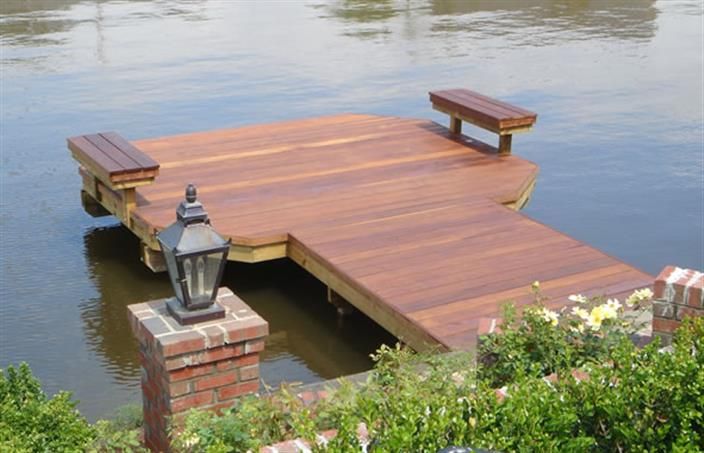Home is more than just a place to sleep it is a sanctuary, a retreat from the chaos of the outside world. The modern condo lifestyle has elevated this idea to an art form, offering spaces that are not only functional but also aesthetically inspiring. Beautifully designed condos combine contemporary architecture, luxurious interiors, and thoughtful amenities to create environments that make coming home the highlight of your day. The allure of condo living often begins with its seamless integration of style and practicality. Many condos boast open-concept layouts that maximize natural light and provide a sense of spaciousness, even in urban settings. From high ceilings and expansive windows to sleek flooring and chic lighting fixtures, these design elements create an atmosphere of understated luxury. Imagine stepping into a living room where soft, neutral tones and plush furnishings invite you to unwind, or a kitchen outfitted with state-of-the-art appliances and elegant countertops, making meal preparation both a pleasure and a visual delight.

Personalization is another hallmark of well-designed condos. With a variety of finishes and customizable options, residents can tailor their spaces to reflect their individual tastes. Whether you prefer minimalist, Scandinavian-inspired decor or the bold colors and textures of a more eclectic aesthetic, modern condos offer a canvas for self-expression. Custom cabinetry, accent walls, and curated art pieces all contribute to creating a space that feels uniquely yours. Beyond the interiors, condos are redefining home with unparalleled amenities. Rooftop terraces with panoramic city views, infinity pools, and landscaped gardens transform communal spaces into havens of relaxation and social connection. Fitness centers, yoga studios, and co-working spaces cater to busy professionals, ensuring that every aspect of life is accommodated under one roof.
These amenities are designed not only to enhance convenience but also to cultivate a sense of community, bringing neighbors together in shared spaces that feel both exclusive and inviting. Location is another undeniable advantage. River Green Wing Tai condos are often situated in prime urban areas, placing residents within walking distance of vibrant dining, shopping, and cultural scenes. The convenience of having everything you need at your doorstep, coupled with easy access to public transportation, means less time commuting and more time enjoying your beautifully curated home. In today’s fast-paced world, where balance is key, a thoughtfully designed condo offers the perfect blend of comfort, elegance, and convenience. It is not just a place to live but a lifestyle to savor. Every time you walk through the door, you are greeted by a space that feels like a warm embrace a reminder that coming home is, indeed, the best part of your day.







